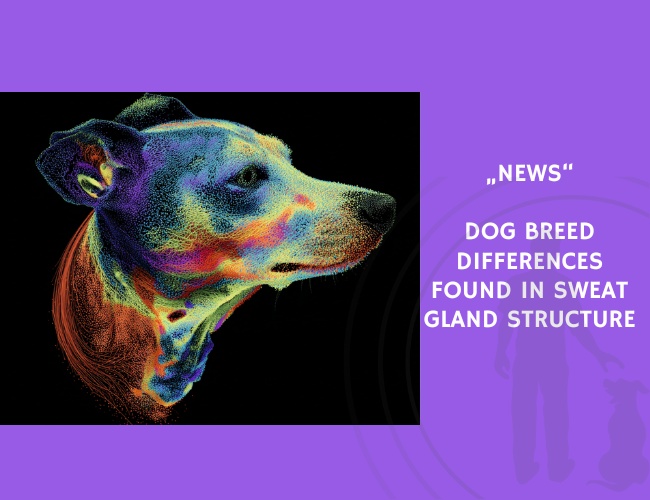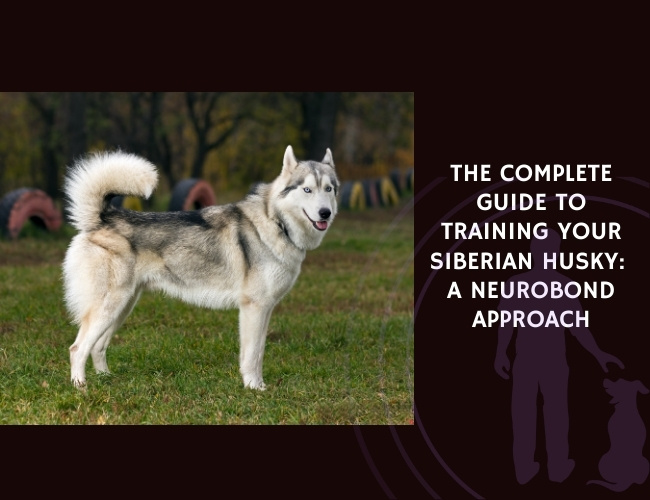A recent study in the Journal of Veterinary and Animal Sciences examined the histomorphology of sweat glands in 48 dogs, including indigenous types and seven popular breeds. Researchers K. Sumena and colleagues analyzed skin samples from the ventral abdominal region to compare gland size, number, and distribution.
The results showed marked breed differences. Dachshunds had both the highest number and large-sized sweat glands, while German Spitz displayed fewer but larger glands, potentially compensating for the reduced number. German Shepherds also ranked high in gland diameter, suggesting greater thermoregulatory potential.
In contrast, Pugs, Doberman Pinschers, and Labrador Retrievers had fewer and smaller glands, which may limit their heat-dissipation ability in warm conditions. Across all breeds, the predominant gland type in the ventral abdominal region was the apocrine gland.
The authors conclude that sweat gland structure plays a key role in breed-specific thermal adaptation and that understanding these differences could help guide management practices in varying climates.
Source: Sumena, K., Lucy, K., Ashok, N., Leena, C., Tresamol, P., & Radhika, G. (2024). Histomorphology of sweat glands in different breeds of dogs. Journal of Veterinary and Animal Sciences, December 15, 2024.









